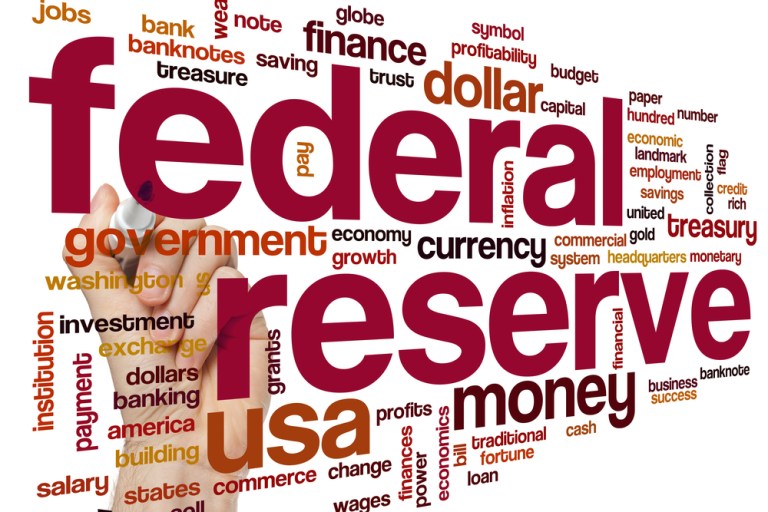
The year 2020 looms large in the payments realm, marked off by the Federal Reserve as the year faster payments are to be truly commonplace, available to U.S. consumers and to businesses, standard practice across transactions of all sizes.
The goal is an ambitious one, to be sure, one that needs collaboration between sometime competitors in the banking and FinTech arenas. More than two years after the Fed’s Faster Payments Task Force first took shape in 2015, the push toward innovation and improved infrastructure (and why shouldn’t the two be intertwined?) remains in full force.
To that end, the Fed held a webinar late last month titled “Next Steps in the Payments Improvements Journey.”
David Sapenaro, first vice president and chief operating officer of the St. Louis Federal Reserve – who also serves as the payments strategy director – and Connie Theien, senior vice president and director of payments industry relations at the Federal Reserve System, weighed in on strategies tied to speed, security, efficiency and collaboration among stakeholders in developing an improved payments ecosystem.
Noting the traditional Fed mandate to promote economy growth and financial stability within the United States, Sapenaro said the Fed is engaging in the payments system as both service provider and leader/catalyst. He said that everyone in the country “should be interested in how the payments system evolves, even though it works quite well and we take it for granted.”
The scope itself is, of course, immense. Data shows that there were 144 billion payments – non-cash payments – worth almost $178 trillion over the course of the year. “That is a lot of payments and a lot of money,” Sapenaro said. “Those of us in the payments business know there are significant opportunities to improve the system.”
Many of those improvements, he said, are underway, while some are just getting started – and yet financial complexity reigns. There are thousands of financial institutions, where hundreds of millions of businesses and consumers interact and transact, with the aid of hundreds of service providers.
Many of the newer services in the payments ecosystem do not (yet) have real-time settlement infrastructure in place. But FinTechs and banks have been working together, spurring the evolution of the closed loop systems of the past, and have been delivering on some of 36 criteria outlined by the task force to evaluate faster payments solutions.
Said the Fed’s Theien, the institution has done “quite a lot of work … looking to enhance settlements.” Over the course of the next nine to 12 months, the Fed will be conducting a formal assessment of real-time settlement needs, with a focus on a retail payments environment. The Fed will consider offering extended services that can support a directory environment.
It may be no surprise that security remains top of mind for the innumerable stakeholders in the payments arena. The Fed aims to “preserve the very strong public confidence and security that we’ve enjoyed in our payments systems to date,” said Theien, while being able to contour responses to a dynamic threat environment.
A key issue remains in that there is what she termed a “huge disparity in levels of understanding across stakeholder groups over what we could or should be doing” to enhance security. Challenges the task force needs to address include identity management, data protection and information sharing. Theien noted that educational materials documenting risk and assessments in payments will be made available over the next few weeks.
During the presentation, Theien noted that we are still moving 18 billion paper checks around this country every year – and the goal, of course, is to move away from paper-based processes and convert the “last mile” of payments to digital formats.
Here, the focus has been on developing standards, especially as it ties in with straight through processing and business-to-business payments. Theien mentioned the adoption of ISO 20022 for wire and ACH payments, which will create a foundation for interoperability, on an end-to-end basis through disparate systems, especially for international payments. The Fed will also support efforts for standardization across electronic invoicing, payments and remittance information.
As for the 2020 goal, Theien said the timeframe might seem aggressive, but stated that the Fed “wanted to create a sense of urgency … and a call to action for the industry,” while acknowledging that “it isn’t as if we are starting from zero.” There are real-time-type services already in the market, she said, offered by Visa, Mastercard, Zelle and Venmo (to name just a few), which can help pave the way for even greater speed and ubiquity in payments.
“We are doing what we can to maintain the momentum and execute the roadmap that the task force rolled out,” she said.